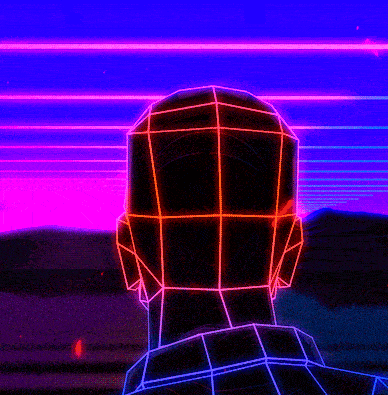Apple Vision Pro launched at WWDC over a week ago and they showed a lot of clips of normal people wearing it doing (relatively) normal things, like cooking, watching movies, even working at the office.
One clip that really intrigued me was the one where a father was recording his kids in 3D through his Vision Pro. To me, this seemed off at first since to other people, it may not look like you’re present in the moment. But after thinking about it for a while, isn’t it the same as just wearing sunglasses, if not better? Sunglasses block your eyes, but Vision Pro would show your eyes to the outside world.
So I guess the question is, will Apple Vision Pro and subsequent products become widely socially acceptable one day?


AR/VR intended for use in public spaces will never take off for as long as the user has to strap an expensive and bulky headset to their face. Things will get interesting once we work out how to get that into the form factor of a pair of regular glasses and bring the price down to under half what Apple is asking now.
Not sure. Their only shown use case in a public space was filming a video with their spatial audio and depth aware camera. Wearing a headset for that is IMO not weirder than holding a camcorder, which also was a thing for some time.
I suppose time will tell, it was weird to take photos on a smartphone once upon a time. It’s just been a big stumbling block that no one has really been able to surmount so far and I don’t think Apple is going to do it with their ski goggles. I suppose what Apple has going for them this time around that Google Glass (for example, I know it’s not really the same thing) didn’t is that we’re all a lot more used to cameras being pointed everywhere than we were in 2012.